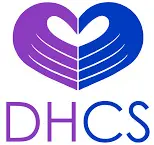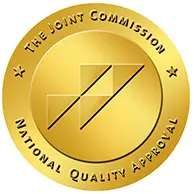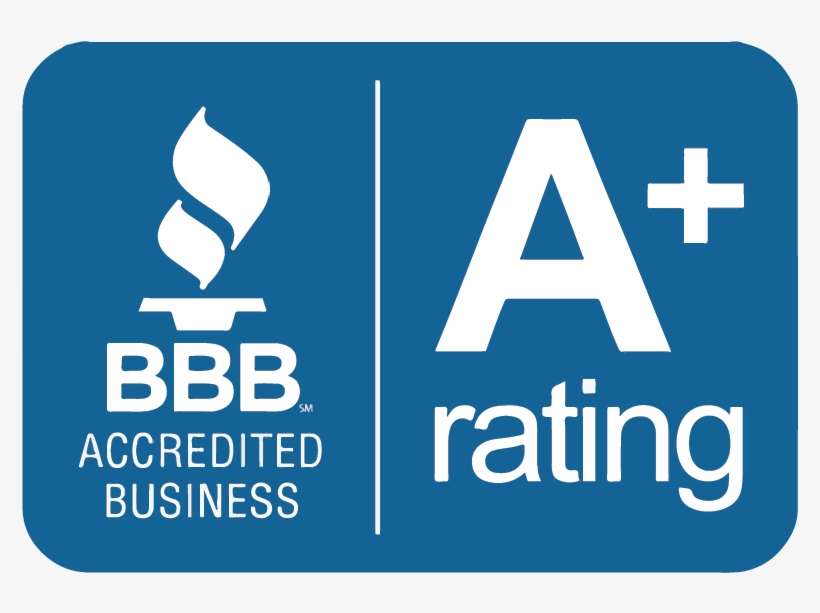Inpatient Suicidal Ideation Treatment
In Orange County
When life becomes overwhelming, feelings of hopelessness can escalate into thoughts of self-harm. At Acera Health, our mission is to provide a safe, compassionate environment for individuals struggling with suicidal ideation. Our dedicated team of professionals offers state-of-the-art suicidal ideation treatment designed to address the root causes of such thoughts and guide patients toward a path of recovery and renewed hope.
What is Suicidal Ideation?
Suicidal ideation refers to thoughts about, or an obsession with, suicide. These thoughts can range from fleeting considerations to a well-formed intention or plan. Suicidal ideation does not necessarily mean that an individual will attempt suicide; however, it is a serious sign of emotional distress that warrants immediate attention and intervention.
Various factors can lead to suicidal ideation, including but not limited to:
Mental health disorders such as depression, bipolar disorder, or anxiety
Chronic pain or illness
Traumatic experiences or significant life changes
Feelings of isolation or lack of support
A study focusing on college students revealed that those with increased depression severity, heightened levels of hopelessness, and a diminished quality of life were more prone to endorse suicidal ideation. This finding accentuates the need for timely detection and intervention, especially in high-risk populations.
Diagnosis of Suicidal Ideation
Diagnosing suicidal ideation involves a comprehensive evaluation by a mental health professional. This assessment typically includes:
A thorough review of the individual’s mental health and medical history
Discussion of the onset, frequency, and severity of the suicidal thoughts
Evaluation of potential triggers or contributing factors
Assessment of any previous suicide attempts or self-harming behaviors
Early diagnosis and intervention are pivotal in mental health matters. If someone expresses thoughts of suicide or displays signs of suicidal ideation, it’s essential to seek professional help immediately. For more guidance and resources on providing support, check out our comprehensive guide on how to help a girlfriend with depression.
Inpatient Treatment for Suicidal Ideation
Inpatient treatment, especially in the context of understanding suicide and veterans, provides a crucial safe haven for individuals dealing with severe suicidal ideation. This form of treatment is particularly beneficial for veterans as it addresses the unique challenges they face due to their military experiences. The benefits of inpatient treatment for those struggling with suicidal thoughts include:
24/7 monitoring and care, ensuring the individual’s safety
Access to multidisciplinary professionals, including psychiatrists, therapists, and nurses
Individualized treatment plans addressing the unique needs of the patient
Group therapy and peer support
Development of coping skills and strategies for managing distressing thoughts
Mental Illness Treatment for Individuals with Suicidal Ideation
In the treatment of suicidal ideation, including passive suicidal ideation, understanding and addressing underlying mental health conditions is pivotal. At Acera Health, our holistic approach ensures that we treat the whole person, not just their symptoms.
Our mental illness treatment includes:
Psychotherapy sessions, which can help individuals understand their thoughts, feelings, and behaviors.
Medication management, where psychiatrists evaluate and prescribe appropriate medications, if needed.
Therapeutic activities such as art therapy, meditation, and physical exercise.
Life skills training, teaching individuals strategies for managing stress, building relationships, and improving overall well-being.
See How Others Have Found Their Healing
We mean it when we say we’re committed to your healing. But don’t just take it from us. See what others who’ve gone through our treatment center have said:
Lifestyle and Home Remedies
Professional guidance is paramount, but complementing it with lifestyle changes can significantly bolster one’s mental well-being:
Engaging in Physical Activities
Physical exercises, ranging from calming activities like yoga to invigorating ones like jogging, have scientifically-proven benefits against depression and anxiety. Incorporating even a small amount of these activities daily can offer a mental boost and shift in perspective.
Coping and Support
At Acera, we emphasize a holistic approach to addressing suicidal ideation:
Residential Mental Health Treatment at Acera
At Acera Health, we specialize in the residential treatment of a wide range of mental health challenges, encompassing what we treat. Our program offers a sanctuary for individuals seeking healing and recovery. With our strong focus on compassionate, patient-centered care, we aim to establish an environment where every individual can feel safe, understood, and fully supported.
Key features of our program include:
Personalized care plans tailored to each individual’s needs and goals
A nurturing environment designed to promote healing and personal growth
Evidence-based therapies delivered by a team of skilled professionals
Emphasis on building resilience and equipping individuals with the tools they need for lasting recovery
We recognize the profound impact that mental health challenges, including the struggle to differentiate between intrusive thoughts and suicidal ideation, can have on individuals and their loved ones. At Acera Health, we specialize in providing comprehensive care that addresses the full spectrum of mental health concerns, including the nuances of intrusive thoughts vs. suicidal ideation. Our dedicated team is here to support and guide you through these complex challenges, ensuring that you receive the individualized care you need to reclaim your life.
Get The Treatment You Deserve At Acera Health
If you’ve scheduled an appointment with Acera and can’t meet with our specialists right away, please prioritize your safety. Reach out to loved ones, family, friends, or trusted individuals in your life for support. If you believe you’re in immediate danger or have thoughts of harming yourself, please call 911 or seek emergency assistance without delay.
For those in the U.S., you can call or text 988 to connect with the 988 Suicide & Crisis Lifeline, which operates 24/7. Alternatively, engage with their online chat at 988lifeline.org/chat/. The services are confidential and without charge.







